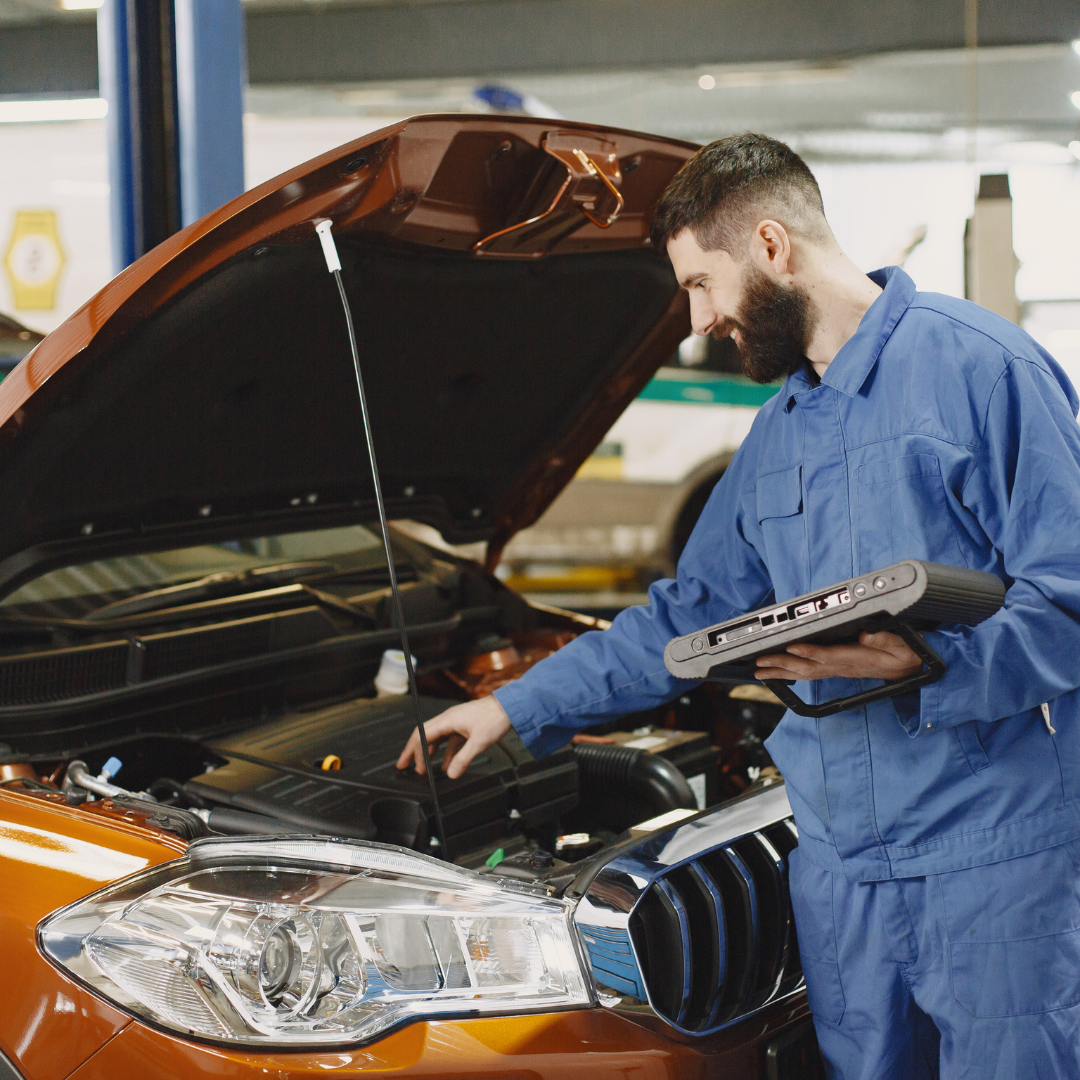About 45% of all car owners don’t even have an emergency kit in their car, according to the Ipsos Center for the Behavioral Study of Risk. For something as crucial as a car kit, risking your safety doesn’t even make sense. Without your car kit, go to a mechanic whenever you have a car problem.
Having to diagnose your car’s problems is already enough of a headache, which is why having a proper car kit is crucial. Not only will it help you solve it yourself, but it’s most likely to be cheaper than having a mechanic do it for you. Here are some tips to help you decide, or a guide to diagnosing your car’s issues on your own.
Identify the Symptoms
Identifying the symptoms of your car problem is the first step to diagnosing it. It is important to be aware of any warning or associated symptoms related to your car’s issue. Describe the sound or action to a mechanic and ask them for any feedback.
Perhaps you notice smoke or strange smells that emit from your car, or it could be that you have a stalling car that jerks every time you accelerate. All these small indicators could help your mechanic determine the root of the issue. Document all the details of the problem, like when and where it occurs, the frequency, and any other notable details.
With this information in hand, you and your mechanic can narrow down your options and start checking and testing relevant components. Doing so can help you save money and time by diagnosing your car’s problem.
Inspect the Environment
Inspecting the environment around your car is the first step to diagnosing your car’s problems without breaking the bank. Check underneath your car and make sure there aren’t any visible signs of trouble, such as cracked hoses, leaks from the engine, or worn tires. Pay attention to the sounds your car makes when you turn it on or when you’re driving it.
You can also check for any dashboard warning lights that may suggest a mechanical issue or an issue with the car’s electrics. You can always inspect the hoses and other components with a flashlight or mirror for a closer look. Lastly, try to monitor the gas, engine oil, and coolant levels and be sure to refill them when needed.
Look for obvious issues, such as missing parts or incorrect fluid levels. This simple monitoring can help you identify minor issues before they become more serious and costly.
Check the Fluid Levels
Checking the fluid levels in your car is essential for car maintenance and diagnosing potential issues. Start by consulting your car’s manual for what the fluid levels should look like because those levels can vary by make and model. Then, make sure you check the levels of your engine oil, brake fluid, transmission fluid, windshield wiper fluid, power steering fluid, and coolant before heading back out on the road.
This simple step is one of the most crucial in the process of diagnosing car issues without breaking the bank. When done right, it can help you identify problems before they start. Failing to properly check your car’s fluids can cause major damage, so make sure you do this regularly, and if you still have questions, consult a certified mechanic.
Consult an Expert
Consulting an expert should always be your go-to when diagnosing car problems. Experienced mechanics have years of expertise and knowledge in identifying and fixing automobile problems. Working with a mechanic ensures that your car will be surveyed and that it will handle any costly repairs professionally.
Additionally, a qualified mechanic can offer advice on preventative measures to avoid future problems and offer tips on how to increase the longevity of your vehicle. This can save you money in the long term by reducing the risk of future breakdowns. Consulting an expert could be the ultimate guide to helping diagnose your car problems without breaking the bank.
Address the Issue
The key to diagnosing your car’s problems without breaking the bank is to address the issue as soon as you notice something wrong. Be sure to check the warning lights and any unusual noises or smells coming from your car. If the issue seems minor, use online resources and forums to research your car model and potential solutions.
If you suspect that the issue is more serious, take your car to a certified garage and get a repair estimate. Don’t automatically jump to the most expensive solution, though. Ask questions and determine if they can solve the issue with a cheaper fix.
You may also want to ask around for recommendations from friends or family if they had a similar issue resolved. Proper maintenance and professional diagnosis can help prevent serious car problems and keep repair costs low. Take corrective action to repair the issue and/or get a replacement part, if necessary.
Follow This Guide on Diagnosing Your Car Problems Without Breaking the Bank
This ultimate guide has shown that diagnosing your car without breaking the bank can be easy, by following the steps outlined. Don’t ignore strange symptoms, and use the knowledge from this guide to help you avoid costly repairs. Taking care of your car doesn’t have to break the bank, so take control of your car’s maintenance today.
If you enjoyed this article about how to diagnose car problems, make sure to check out the rest of our blog!

